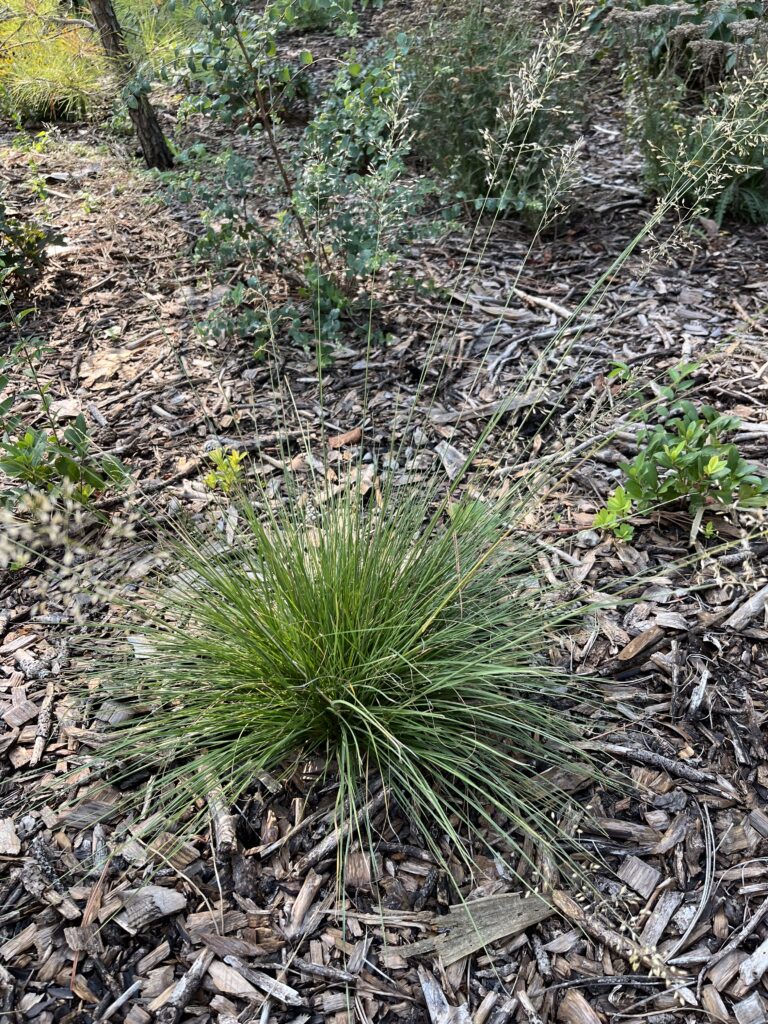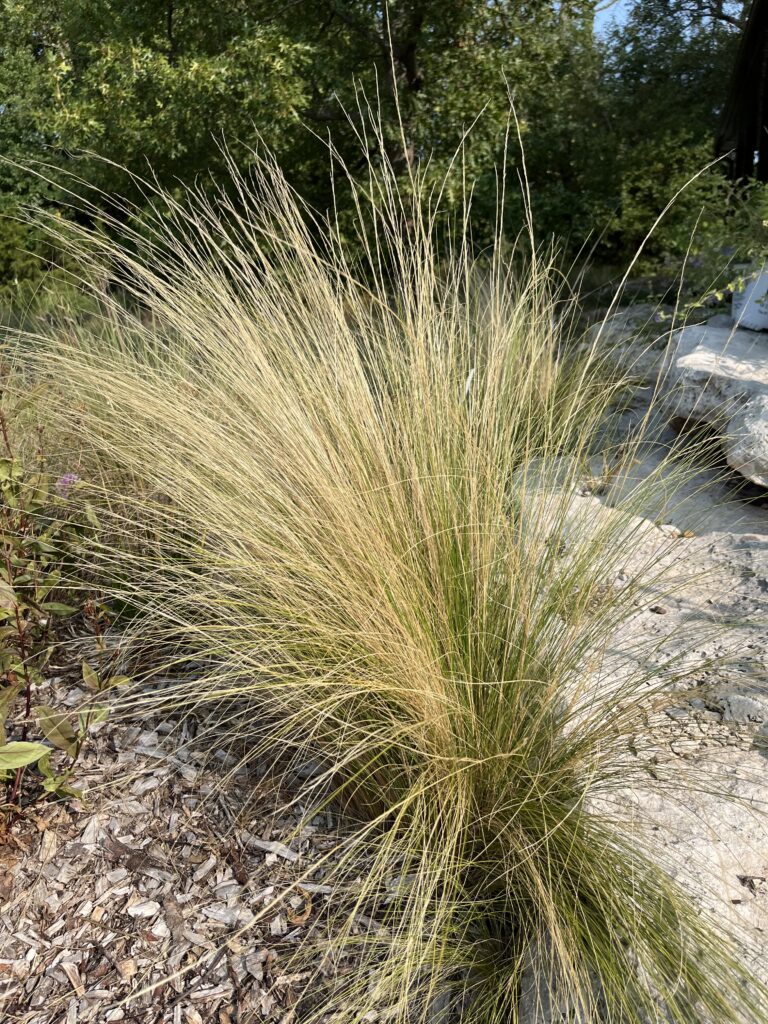One of the questions we get at every fall plant sale is “can we plant these grasses now?” The answer is “yes, we encourage fall planting of native grasses”, but with some caveats.
Here are a few questions to answer before you jump into planting native grasses this fall such as:
- Is your area ready to plant now?
- Are you able to water it daily for the first few weeks and into the winter if needed?
- Do you have the right location for these grasses?
I tend to err on the side of caution for late fall planting because losses can be incurred. However, you can be successful if you follow a few guidelines.
Around South Central Kansas, our first average frost is October 15. Typically, we plant native grasses as soon as possible in late August or early September to give them more time in the ground to get established. As a general rule, it is best to have native grasses in the ground three to four weeks prior to the first fall frost. This will give the plant time to get established with roots fully attached to the soil to absorb water and nutrients through winter.
This attachment by the roots to the soil is so important because it keeps the grass from being heaved out of the ground. The natural freezing and thawing of the soil during the winter can be extremely strong, pushing partially established plants out of the ground and breaking roots, which results in desiccation and death of the plant. Properly establishing plants before winter will protect them from this force.
Another factor to successfully transplanting grasses in the fall is soil temperature. Typically, native grasses will continue to grow (root) with soil temperature above 60 degrees. So installing grass plugs in August through mid-September is a proven strategy, because soil temperatures remain optimum until after the first frost.
We have had success with planting native grass in the fall. The most obvious benefit of this approach is that the grasses will break dormancy next spring fully established and ready to grow. As temperatures warm they will have a head start over early spring plantings.
Note: It is always good practice to check the soil around fall planted perennials (including grasses), trees and shrubs during the winter for moisture. If the top one to two inches of soil is dry, it is good to give them a light watering. Remember, they are dormant so they don’t need much.
Warm Season Grasses for fall planting:
- Big Bluestem Andropogon gerardii and cultivars
- Sideoats Grama Bouteloua curtipendula
- Blue Grama Bouteloua gracilis
- River oats Chasmanthium latifolium
- Pink Muhly Grass Muhlenbergia reverchonii
- Mexican Feather Grass Nassella tenuissima
- Switchgrass Panicum virgatum and cultivars
- Little Bluestem Schizachyrium scoparium and cultivars
- Indiangrass Sorghastrum nutans
- Prairie dropseed Sporobolus heterolepis
Cool Season Sedges and Grasses for fall planting:
- Appalachian Sedge Carex appalachica
- Bicknell’s Sedge Carex bicknelli
- Pennsylvania Sedge Carex pensylvanica
- Rosy Sedge Carex rosea
- Texas Sedge Carex texensis
- Bottlebrush grass Elymus hystrix



